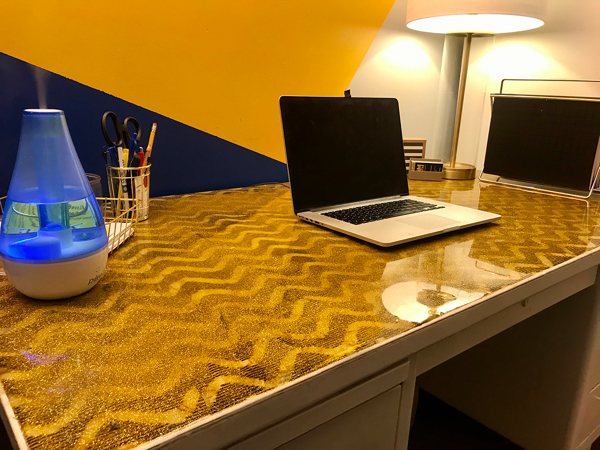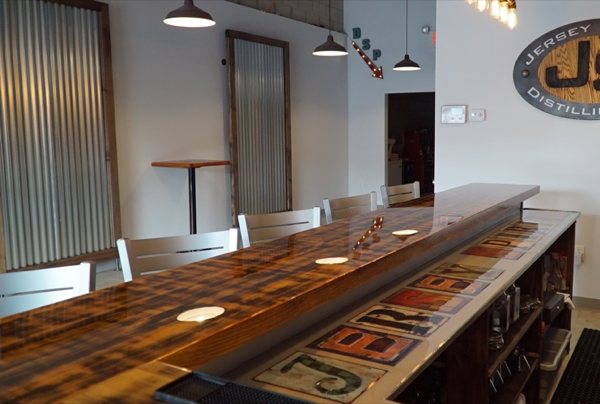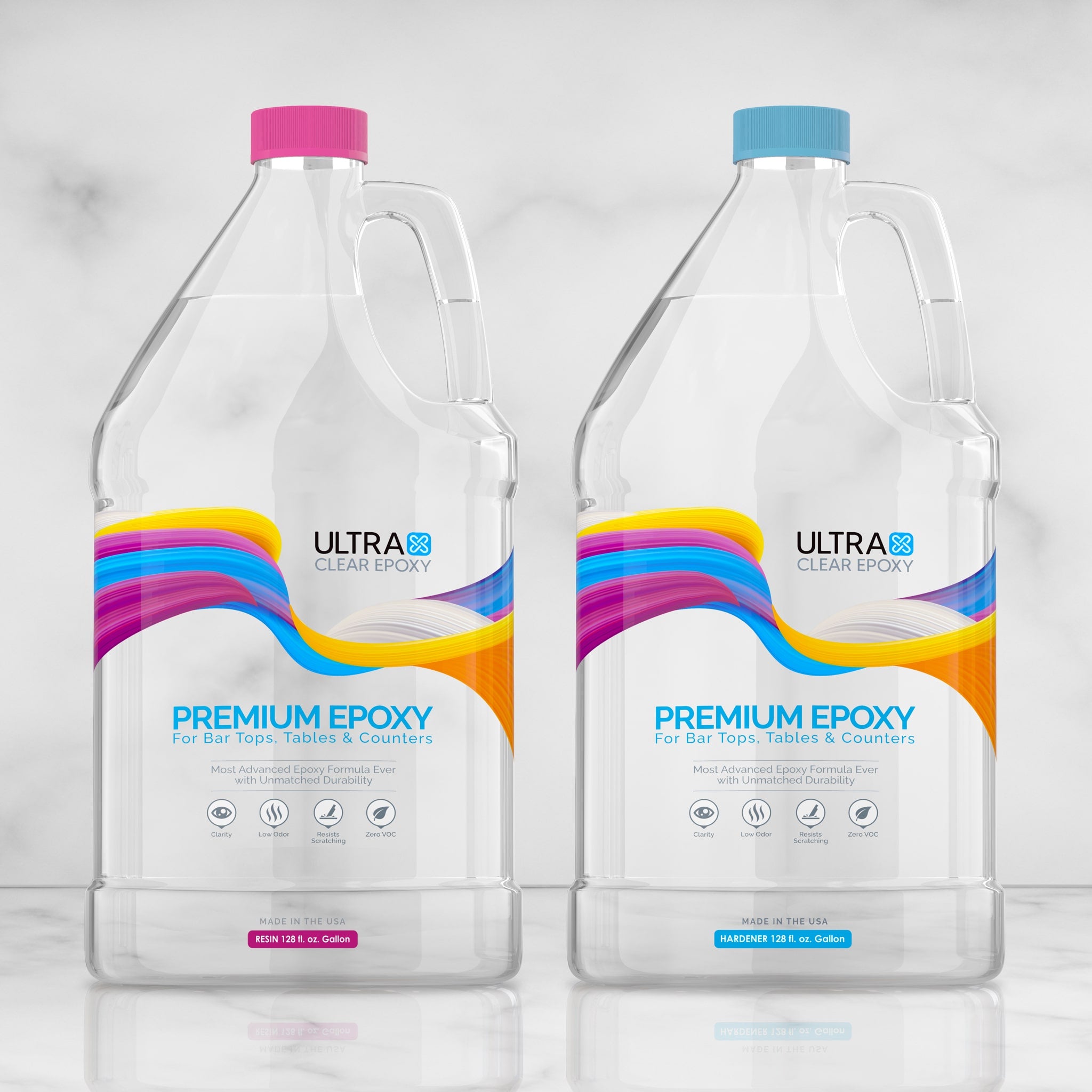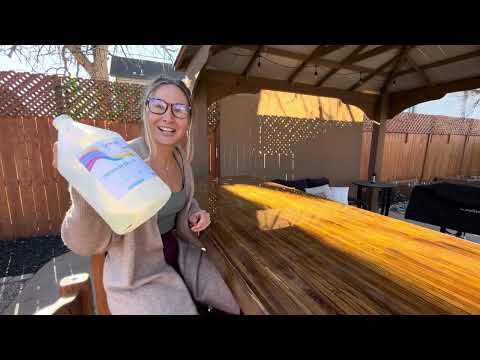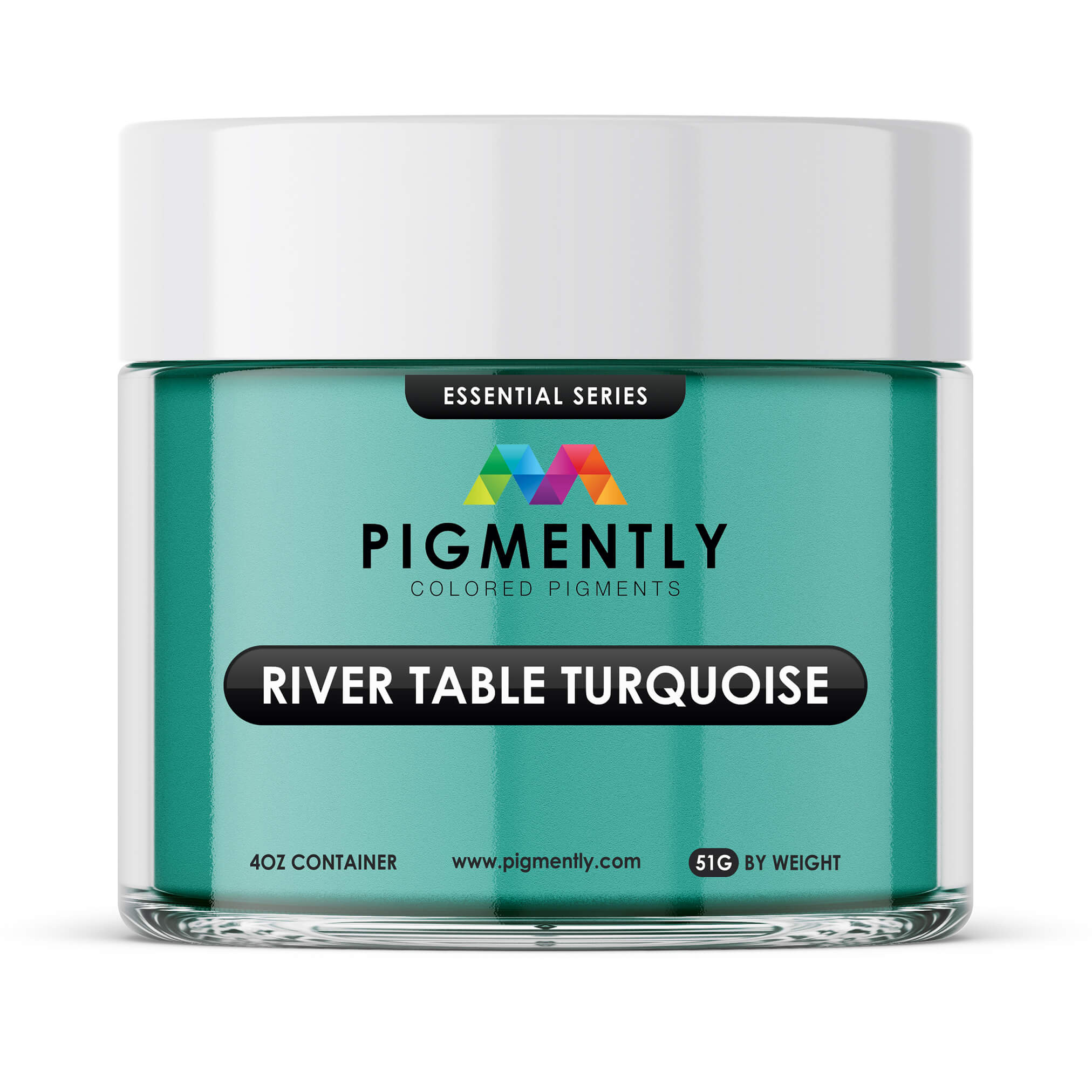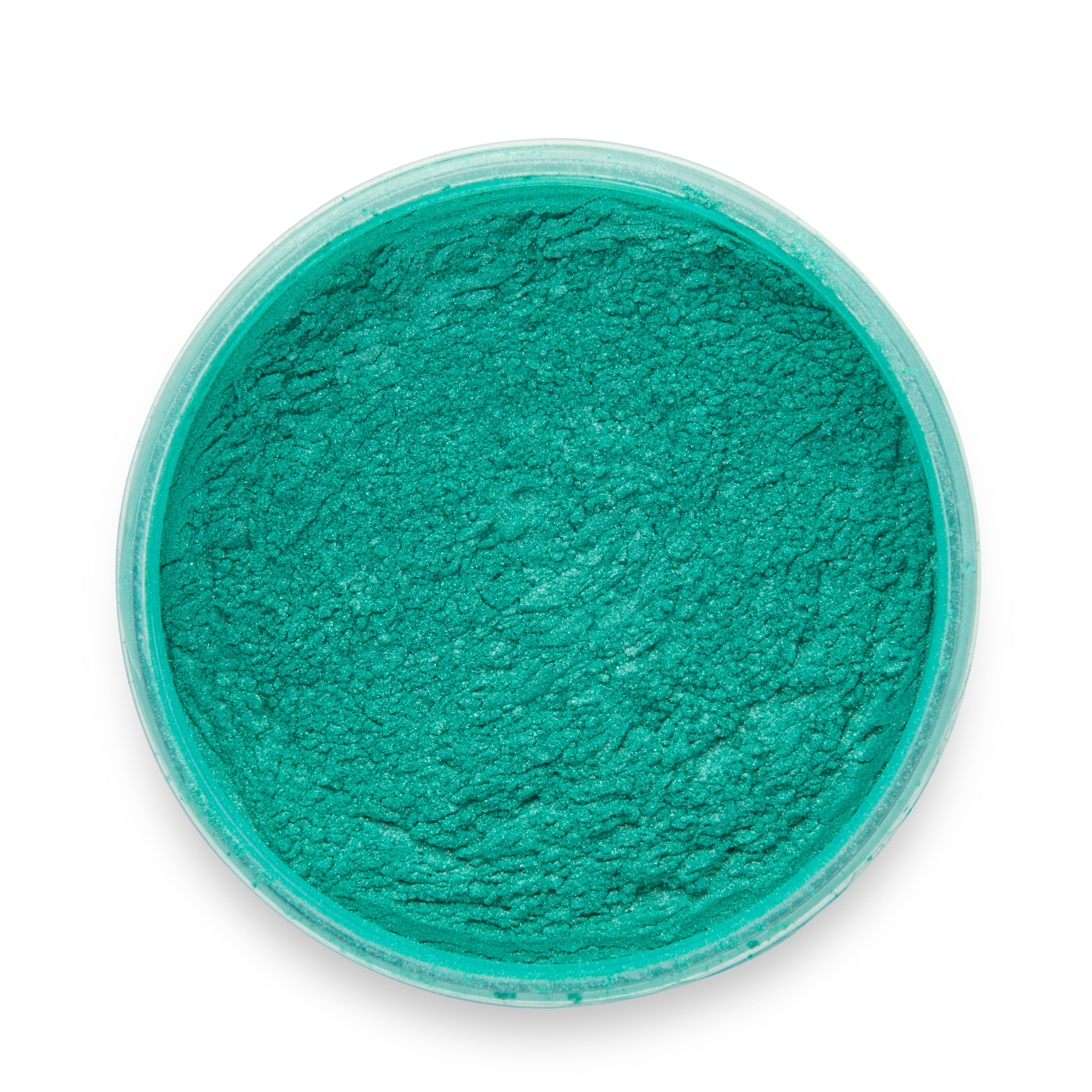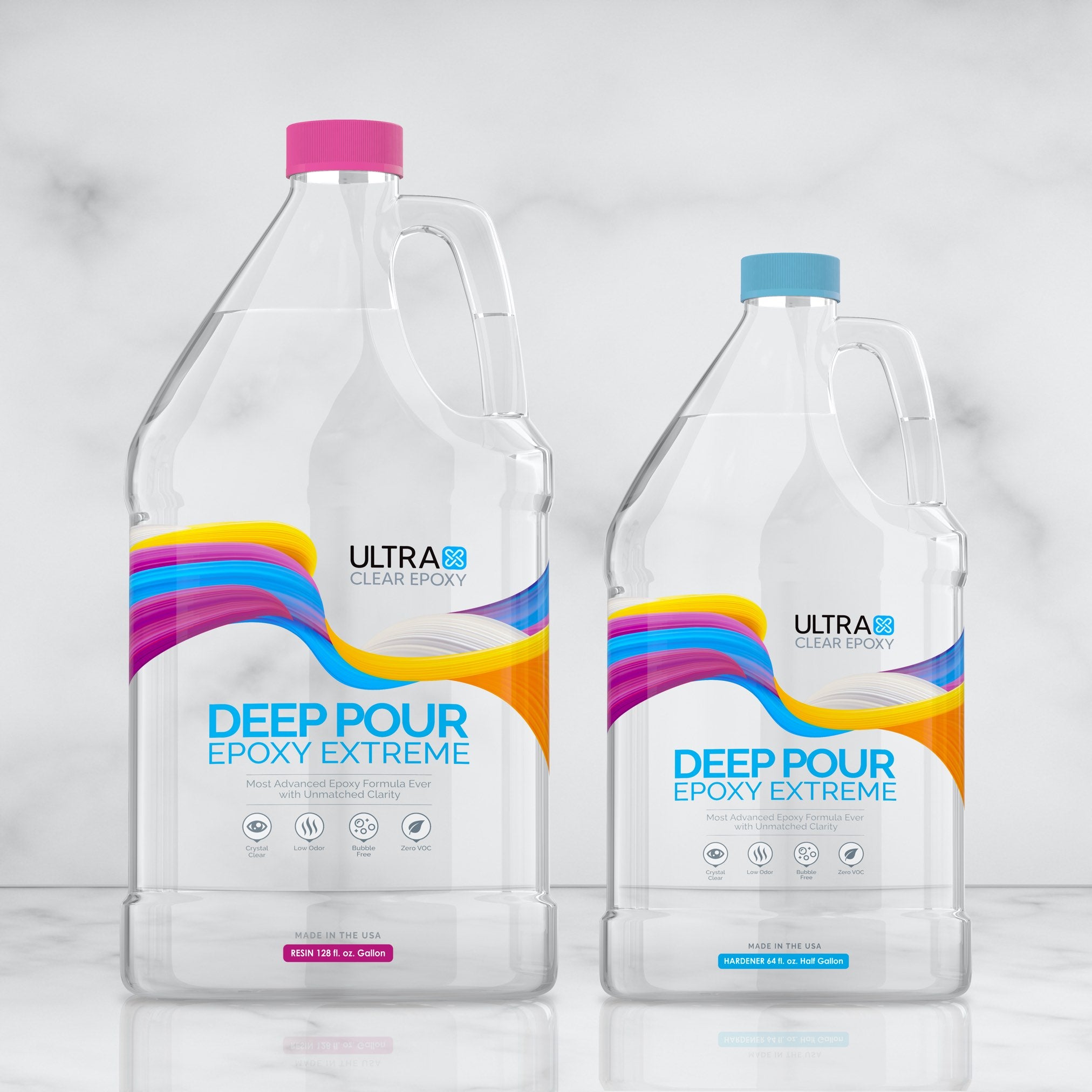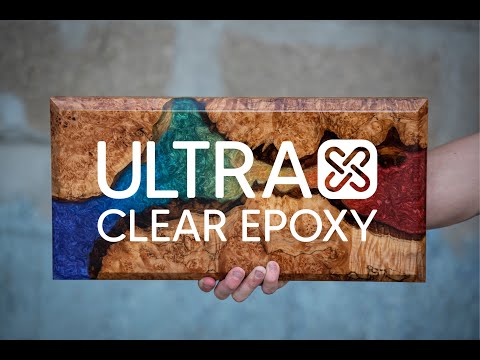Countertops, bar tops, and table tops: these are the most frequent types of epoxy projects among commercial business projects as well as residential projects, and the best type of epoxy resin for these projects is table top epoxy.
In fact, a high-quality table top epoxy is an essential ingredient to achieving that crystal-clear finish that users know and love.
Epoxy projects are divided into phases
With nearly every epoxy finish, there are a few bundles of small tasks that are always part of the core process.
We group these tasks together as phases which are called:
- The seal coat phase.
- The flood coat phase.
- The curing phase.
Each of these phases consists of a series of smaller steps that must be performed to achieve a perfect finish. These steps are shorter and may recur at different points in the project.
For instance, the measuring, mixing, and application of an individual batch of epoxy are parts of the seal coat phase and the flood coat phase. Other recurring steps include air bubble removal, partial curing, and sanding.
In this article, we'll be focusing on the sanding step. Specifically, we'll answer the question "Do you have to sand table top epoxy?"
Because this is a question we receive frequently from not only aspiring resin DIYers but also professional contractors who are unfamiliar with table top epoxy materials.
Do you have to sand table top epoxy?
The answer to this question is: "It depends."
Generally, when an epoxy project goes smoothly from start to finish, sanding isn't needed. The reason why it tends to be unnecessary is that a typical epoxy project uses a substrate material that is already conducive to bonding when prepared, and there are few reasons to sand the epoxy itself for users who want a crystal-clear finish.
That being said, some projects may call for a sanding, and knowing why you would or wouldn't sand an epoxy surface is useful information to have, both for understanding your options and for being prepared in the case of mistakes.
However, many epoxy projects are atypical, thus whether or not you should sand your table top epoxy is simply determined by what you're trying to accomplish through your project.
One coat—that's all most epoxy table tops need. Learn more here.
What is sanding?
Sanding is a technique by which an abrasive material is rubbed against a surface to whittle down irregularities until that surface has leveled out and become smooth. It's also often a precursor to polishing.
For most people, wood is the type of material that comes to mind first when sanding is mentioned, as wood is often quite rough before it's been sanded. Still, sanding isn't only about smoothing out rough surfaces; it has other purposes, too, such as the way in which enables stronger bonds for epoxy resins.
5 common situations in which to sand table top epoxy:
- To prepare a partially cured epoxy layer for an additional coating.
- To prepare a fully cured epoxy layer for an additional coating or a refresh coating.
- To smooth out any blemishes incurred by mistakes made during the epoxy process.
- To give your epoxy finish a "frosted", matte-like finish.
- And finally, to prepare your resin surfaces for a polishing.
How does sanding affect epoxy resin?
When mixed epoxy resin is applied to a substrate, the epoxy will attempt to bond with it. During the bonding process, when the epoxy is still soft, it will attempt to permeate any tiny grooves, gaps, and spaces within the substrate surface. These spaces are usually so small as to be imperceptible, yet they are often numerous and can make a big difference in the strength of an epoxy-to-substrate bond.
When epoxy is able to bond properly with a substrate material, the resulting finish is more protective, stable, and resilient. And this is where sanding comes into play.
Because sanding essentially creates tiny scratches in a surface, it can be highly beneficial for an epoxy project. By sanding a substrate shortly before applying a table top epoxy coating, the surface will be primed for a strong bond.
When should you sand for table top epoxy?
Sanding occurs at different points in the epoxy process, depending on when it's needed. Let's consider each item from the list above.
#1: Sand before a seal coat to prepare your substrate.
During the seal coat phase, a thin epoxy coating is brushed onto the surface of a substrate. The liquid nature of uncured epoxy allows it to flow and seep into tiny pores which contain air. The air is pushed out by the epoxy, and the epoxy layer is thin enough that the viscosity of the epoxy doesn't prevent the air from escaping.
Sanding is usually performed before the seal coat is applied. Generally, you'll do this to surfaces that are already very smooth and thus need a sanding to improve the effectiveness of the bonding.
#2: Sand after a flood coat or deep pour coat if 10 or more hours have passed.
After applying a deep pour coat or a flood coat, there's a window in which you can apply additional layers, typically between 4 to 10 hours.
After 10 hours have passed, though, the epoxy—in appropriate environmental conditions—will have hardened enough that it needs a very light sanding to prepare for additional coatings.
#3: Sand a fully cured epoxy finish to whittle away blemishes/imperfections.
You can sand away certain types of blemishes after a resin finish has finished curing. This is helpful for fixing mistakes made from pouring.
This also works for small epoxy items, such as resin art and jewelry. Learn more here.
#4: Sand after curing to give your epoxy a "frosted" finish.
Sanding typically involves starting with a low-grit sandpaper and using successively higher grits until a satisfactory finish has been achieved.
Check out our epoxy sanding guide for flat surfaces to learn more.
#5: Sand after curing to prepare your epoxy for a polishing.
Much like with attaining a matte or frosted finish, you can also use sanding to prepare your epoxy surface for a high-gloss polishing. This allows you to smooth out any issues and achieve a clean, glossy result.
For some users, sanding simply makes things look/feel nicer.
Ultimately, sanding is a possible way to make epoxy more aesthetically appealing, depending on your preferences.
- If you want a highly-transparent, smooth epoxy finish, you should avoid sanding and focus on proper curing environment and mixing/pouring technique.
- If you want a frosted, matte-like finish, you should consider sanding after the project has cured.
- Finally, if you want a semi-transparent, matte finish, you might want to sand after curing, then apply a coat of polish.
Additional Resources
Epoxy is highly customizable, and there's also a lot of useful information to learn about how it works. Here are a few resources that you may find useful:
- Epoxy: Proper storage, shelf life, and preventing "yellowing" - Learn how to store your epoxy properly when you're not ready to use it.
- Epoxy Resin FAQs: Cleaning and maintenance - Read our answers to common questions about cleaning epoxy surfaces.
- Will epoxy hold up outside? - Discover how epoxy fares in outdoor settings.
Have Questions? Want Advice? We're Here to Help!
If you have any questions about epoxy resin, or if you'd like assistance in planning an epoxy project, please reach out to us at UltraClear Epoxy—our epoxy experts are ready to assist!
You can contact us via phone or email here. During business hours, you can also text chat online with one of our resin specialists by clicking the Help button at the bottom of your screen.
In our online store, you'll find a variety of useful tools and supplies, ideal for resin projects, plus our award-winning UltraClear Bar & Table Top Epoxy and our UltraClear Deep Pour Epoxy.
UltraClear Epoxy—Trusted by over 1 Million+ Happy Customers

